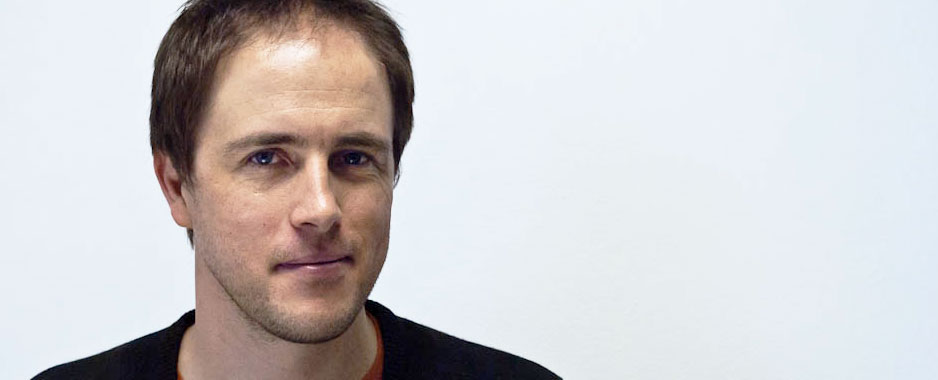
Before the decade is out, newspapers and magazines will have had to have moved to some sort of digital platform. They have less than 10 years left to try and make as much money out of paper as possible before print becomes unsustainable.
These are the views of Alistair Fairweather, digital platforms manager for the Mail & Guardian, who was speaking at the Mobile Web Africa conference in Johannesburg on Thursday. Fairweather says there is little doubt that print as a medium is dying and the record number of newspapers that are closing shows this.
However, there are now estimated to be in excess of 20m tablets in use worldwide and predictions suggest there could be hundreds of millions by 2020. “There are already hundreds of thousands of tablets in SA,” says Fairweather, adding that companies like First National Bank, which recently launched a promotion to subsidise smartphones and iPads, are helping this number grow swiftly.
He says it’s important for media producers to recognise that newspapers and magazines “are institutions and not paper products” and that citizen journalism will not replace professional media because “as soon as people start making money they become like traditional media” and because curation remains as important, if not more so, than creation.
According to Fairweather, more people are paying for digital media. He suggests this is partly because “people need a filter for the universe” and this is what traditional media provides, whether in print or digitally.
Moving to, or at least exploring, digital platforms needn’t be prohibitively expensive, either. Fairweather says the Mail & Guardian launched its iPad and Kindle editions for less than the cost of one week’s worth of staff salaries.
“All the members of our iPad team, apart from me, used to work on the print product,” says Fairweather. He says the same “creativity, rigour and mind-set” applies in both print and digital environments.
That’s not to say the move to digital has been without incident. “Making mistakes has proved to be the most valuable experience.”
The first iPad edition of the Mail & Guardian was 220MB, which Fairweather says was too large, especially for 3G users. “Now it’s 150MB and we’re aiming for 50MB.”
Despite Apple taking 30% of the price of the iPad edition, Fairweather says the paper expects the product to become profitable on a monthly basis by 2012 and expects to break even by early 2013. “And those are the gloomy predictions; the rate of advertising uptake suggests it could be better.”
“By 2015, if digital isn’t generating 50% of the Mail & Guardian‘s revenue, I’ll feel I’ve failed”, says Fairweather.
At present, Fairweather says selling print ads is tough, but selling tablet ads is “easier” because it’s sexy. However, advertisers always expect more, and despite how good print ads look on tablets, they want interactivity and other features.
According to Fairweather, advertising sales teams need “to learn by feel”, and by trial and error, because digital advertising’s role in digital publications and products in going to evolve in unforeseeable ways. — Craig Wilson, TechCentral
- Subscribe to our free daily newsletter
- Follow us on Twitter or on Google+ or on Facebook
- Visit our sister website, SportsCentral (still in beta)




